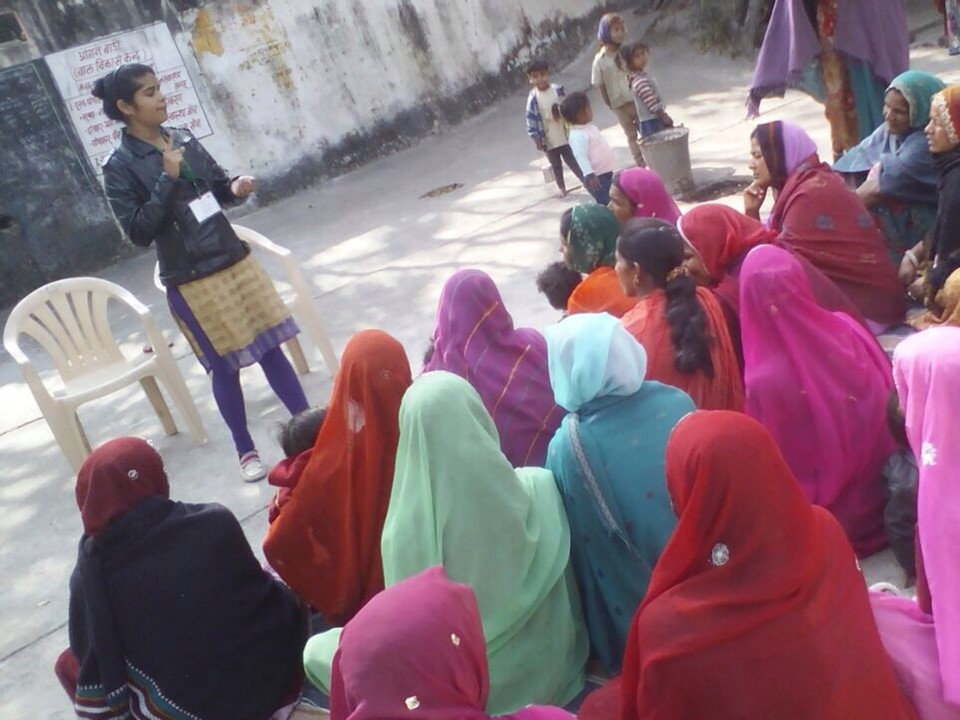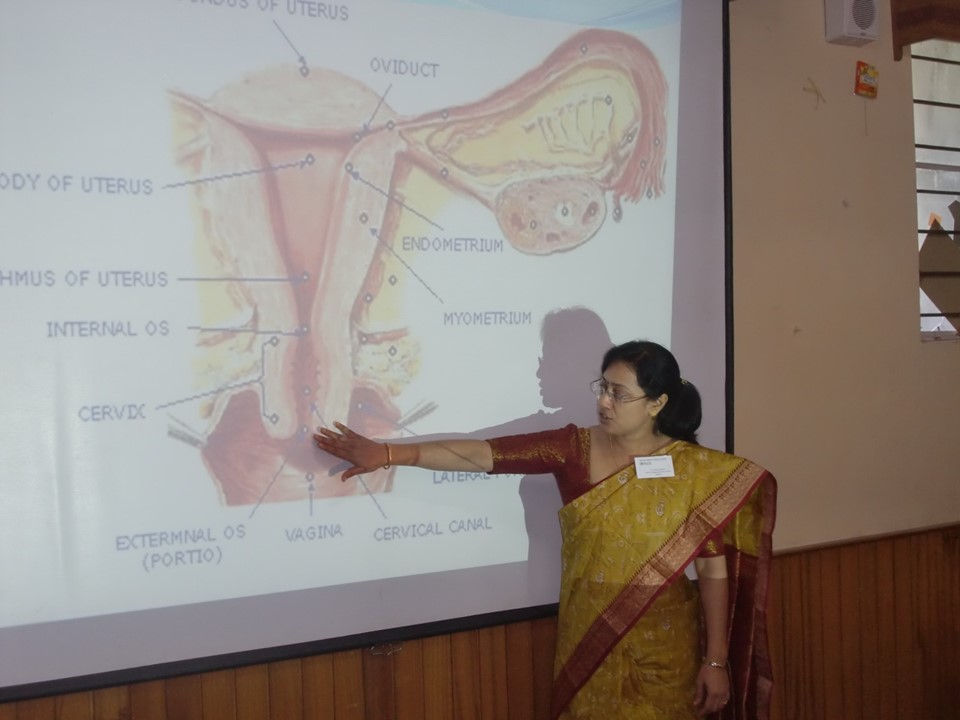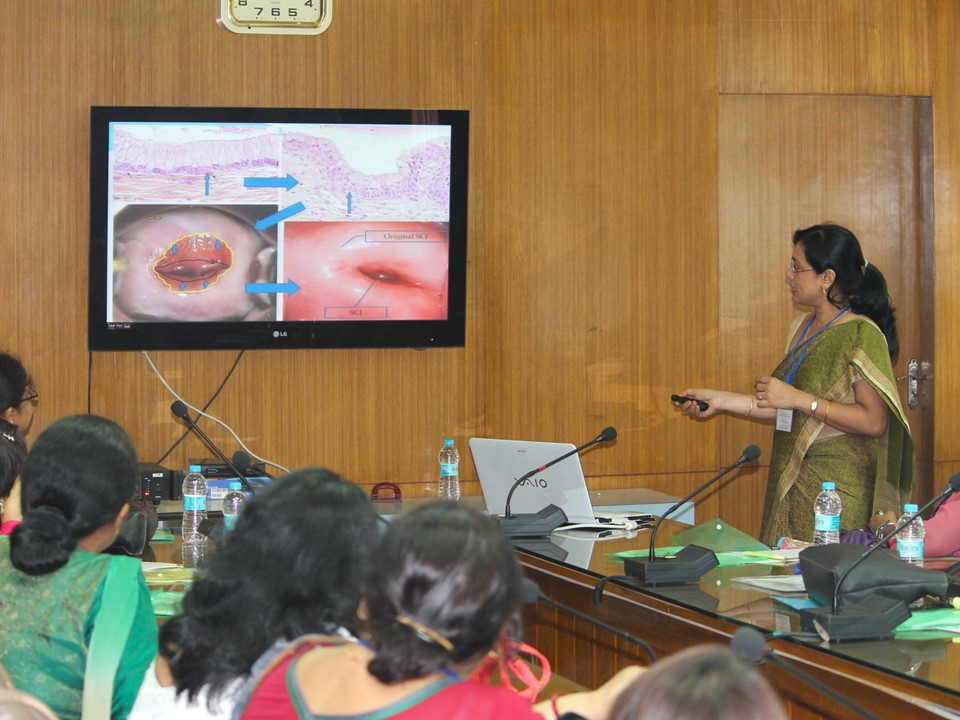Atlas of visual inspection of the cervix with acetic acid for screening, triage, and assessment for treatment / Activity 1
Introduction | |
The paradigm of cervical cancer screening and precancer management is evolving rapidly. The recent WHO guideline for screening and treatment of cervical pre-cancer lesions (second edition; 2021) recommends using HPV DNA detection as the test of choice for cervical cancer screening rather than VIA or cytology in a ‘screen and treat’ approach among the general population of women and in a ‘screen, triage and treat’ approach for women living with HIV. In ‘screen and treat’ approach women are screened either with HPV test or VIA and offered immediate treatment if the test is positive. Confirmation of disease with colposcopy or histopathology or both is not necessary in a ‘screen and treat’ approach. While using the HPV detection test for cervical cancer screening, a second test may be used to further evaluate the HPV positive women, and treatment is offered only to those positive on the second test. The second test is known as ‘triage test’, and the approach is known as ‘screen, triage and treat’ approach. VIA is one of the triage tests recommended by WHO, especially for women living with HIV. VIA will continue to have high relevance for the countries with limited resources. Many of these countries will have to continue with VIA as the primary screening test till they have enough resources to introduce HPV detection tests. VIA will have a significant role as a triage test even after introduction of HPV test, especially in countries with high HIV prevalence. Whatever screening approach is used, determining eligibility for treatment by an ablative technique requires assessment of the cervix after application of acetic acid. A practitioner of thermal ablation or cryotherapy has to follow some of the basic principles and steps of VIA to determine eligibility for ablative treatment. This atlas is designed as a learning resource for providers of VIA or HPV testing, especially in a setting practising either ‘screen and treat’ or ‘screen, triage and treat’ approach. The contents of the atlas are organized into three sections.
|
Click on the pictures to magnify and display the legends


